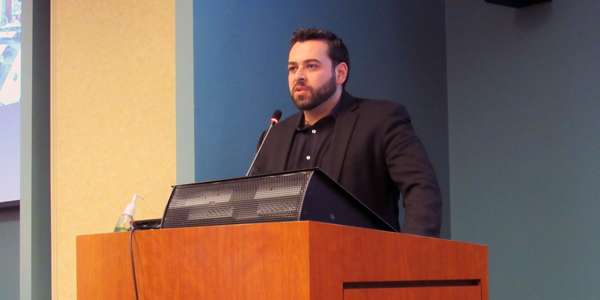By Amanda Durish Cook
MISO’s Planning Advisory Committee on Wednesday heard updates on the RTO’s ambitious slate of current planning studies and process improvements.
Stakeholders got a first look at the preliminary projects resulting from MISO’s yearly market congestion planning study during the July 19 PAC meeting. The RTO has so far floated three potential projects in the West of the Atchafalaya Basin (WOTAB) area straddling Texas and Louisiana:
- A new $137.6 million 500-kV line and substation expansion from Hartburg to Sabine in southeastern Texas that would qualify as a market efficiency project and is expected to be in service by 2023.
- A $2.8 million replacement of 26 transmission structures along the Sam Rayburn-Fork Creek-Doucette 138-kV line in southeastern Texas, expected to be complete by 2020.
- Equipment upgrades valued at $500,000 for the existing Carlyss substation in southwestern Louisiana by 2020.
Arash Ghodsian, MISO manager of economic studies, said the RTO’s market congestion planning footprint diversity studies will produce final project recommendations in August. Project candidates will be submitted for approval by the Board of Directors at the end of the year. (See “Studies Could Assist in Relieving North-South Constraint,” MISO Planning Advisory Committee Briefs.)
MTEP Siting Up for Review
MISO is also planning on updating siting guidelines for projects included in its Transmission Expansion Plan.
This year’s siting model will be slightly altered to add likely wind and solar zones. MISO will also consider zonal resource adequacy requirements when determining siting and exclude thermal unit development from non-attainment areas subject the National Ambient Air Quality Standards.
The RTO plans to further improve its siting modeling process for the 2019 cycle through a series of stakeholder workshops that will begin in September. Matt Ellis, a MISO policy studies engineer, said the overhaul will focus on the placement of new technology, including 100 MW of queued energy storage resources, future utility-scale renewables, rooftop solar — predicted to reach 10 GW by 2027 — and the addition of more electric vehicles and their demands on load.
Ellis said projects in the interconnection queue generally exhaust themselves within a three- to five-year cycle, but MISO plans for its transmission system 15 years into the future.
He also asked for stakeholders to submit ideas by Aug. 11 on how MISO’s siting process can account for new technology.
MISO will also conduct a multi-value project triennial review this year, sizing up its existing portfolio and quantifying benefits. FERC requires a full review of the approved portfolio benefit every three years.
Project manager David Lucian said the review will have no effect on cost allocation for existing projects, but findings could be used to adjust project criteria in future projects. The review includes analyses of economic benefits, generator flexibility, renewable target standards, natural gas risks and job creation.
MISO last conducted an MVP triennial review in 2014, concluding that the portfolio held a benefit-to-cost ratio ranging from 2.6 to 3.9 and should create anywhere from $13.1 billion to $49.6 billion in net benefits over the next 20 to 40 years.
The triennial review report will be filed with FERC by the end of the year, PAC Chair Cynthia Crane said. Results will also be published in the MTEP 17 report due in December.





